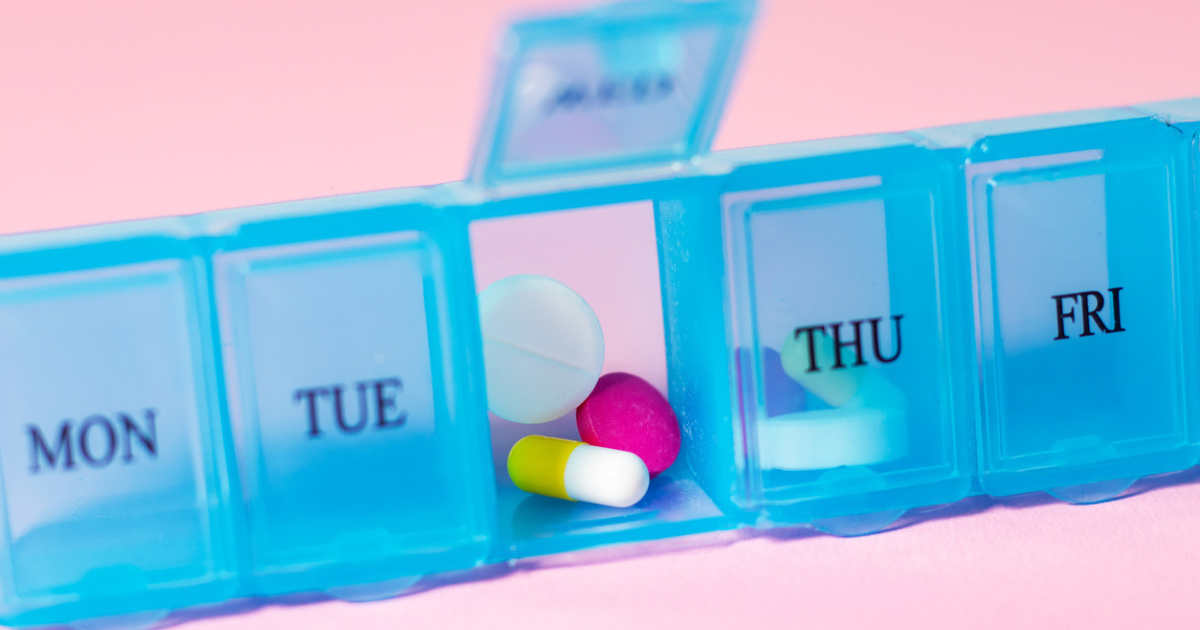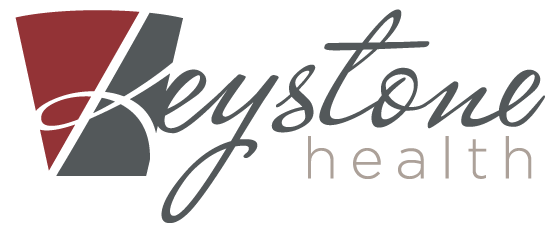
Effective medication management is crucial in home health care, especially for elderly patients with complex medication regimens. Implementing strategic measures can significantly enhance the safety and efficacy of medication use. Here are key strategies tailored for home healthcare settings.
Use Organizational Tools
Organizational tools are essential in managing medication regimens effectively, especially in home healthcare settings where elderly patients often deal with multiple prescriptions. The right tools can simplify medication schedules, reduce the risk of errors, and enhance overall adherence. Here are some key organizational tools and strategies:
Pill Organizers and Automated Dispensers
- Pill Organizers: Simple yet effective, pill organizers can be used to sort medications by day and time. They come in various formats, including daily, weekly, or monthly organizers, catering to different regimen complexities.
- Automated Pill Dispensers: These devices are particularly useful for patients with cognitive impairments or those who take multiple medications throughout the day. They can dispense the correct dose of medication at preset times, reducing the risk of missed or double dosing.
Creating Medication Schedules
- Visual Schedules: A visual representation of a medication schedule, including the names, dosages, and times for each medication, can be a helpful reference. Large print or color-coding can enhance clarity, especially for patients with visual impairments.
- Digital Schedules: For tech-savvy patients or caregivers, digital calendars or apps can be used to track medication schedules. These can be set up to send alerts or reminders, ensuring no dose is missed.
Labeling and Simplification
- Clear Labeling: Ensuring all medication bottles are clearly labeled with the name of the medication, the dose, and the frequency of administration. This is crucial for avoiding confusion, especially in regimens with similar-looking pills.
- Simplifying Regimens: Working with healthcare professionals to streamline medication regimens, such as consolidating doses or switching to medications with longer-lasting effects, can reduce the complexity and chance of errors.
Incorporating Checklists and Logs
- Medication Checklists: A daily checklist where doses can be checked off once taken can provide a clear record and reinforce adherence.
- Medication Logs: Keeping a log of medication intake, including the time and dose of each medication taken, can be useful for tracking adherence and for reference during medical appointments.

Facilitating Easy Access to Medication
Ensuring easy access to medications is a fundamental aspect of effective medication management in home health care. This involves not only the physical availability of medications but also addressing barriers related to procurement and affordability. Here are several strategies to facilitate easy access to medications for elderly patients in a home health setting:
Streamlining Medication Delivery and Refills
- Prescription Delivery Services: Use services that deliver medications directly to the patient’s home. This is particularly beneficial for those with mobility issues or who live in remote areas.
- Automatic Refill Programs: Enroll in automatic refill programs through pharmacies to ensure a continuous supply of necessary medications, reducing the risk of missed doses due to running out.
Personalized Medication Packaging
- Blister Packs and Pre-Sorted Packaging: Use pharmacy services that offer personalized medication packaging, such as blister packs, which organize pills by dose and time, simplifying the process for patients and caregivers.
Adapting to Patient Needs
- Customization of Medication Forms: For patients with difficulties swallowing pills, explore if medications are available in alternative forms, such as liquids, patches, or dissolvable tablets.
- Large Print Labels: Request large print labels for those with visual impairments to enhance the ease of identifying and administering medications.
Monitoring for Adherence and Side Effects
Monitoring for adherence to medication regimens and side effects is crucial for ensuring the safety and well-being of elderly patients. Here are some strategies to effectively monitor medication adherence and identify potential side effects:
Tracking and Documenting Medication Intake
- Use of Medication Logs: Encourage caregivers or patients to maintain a log of all medications taken, noting the time and dose. This practice helps in identifying any missed doses and provides valuable information during healthcare visits.
- Visual Aids: Implement visual aids like charts or calendars where doses can be checked off once taken, reinforcing adherence and providing a clear record for reference.
Recognizing and Reporting Side Effects
- Education on Potential Side Effects: Ensure that both patients and caregivers are educated about the potential side effects of each medication, including what symptoms to watch for and when to seek medical advice.
- Prompt Reporting: Encourage prompt reporting of any adverse effects to healthcare providers. This can lead to necessary adjustments in medication or dosages to mitigate these effects.

Addressing Financial and Insurance Challenges
Financial and insurance-related challenges can significantly impact the ability of elderly patients to access and adhere to their medication regimens in a home health care setting. Addressing these issues is crucial to ensure that patients receive the necessary medications without undue financial strain. Here are strategies to navigate and alleviate these challenges:
Understanding Insurance Coverage
- Educating on Benefits: Assist patients and caregivers in understanding their insurance coverage, including what medications are covered under their plan, especially in the context of Medicare or private insurance.
- Navigating Plan Changes: Provide guidance on how to handle changes in insurance plans, such as during annual enrollment periods, to ensure continuous coverage of necessary medications.
Utilizing Medicare and Medicaid Benefits
- Maximizing Medicare Part D: Help patients make the most of Medicare Part D prescription drug plans, including understanding the formulary, tier pricing, and any available subsidies.
- Exploring Medicaid Options: For eligible patients, investigate Medicaid options that can provide additional coverage, especially for those with limited financial resources.
Seeking Financial Assistance and Discount Programs
- Manufacturer Assistance Programs: Explore pharmaceutical manufacturer assistance programs, which often offer discounts or free medications to patients who qualify based on income or other criteria.
- Utilizing Pharmacy Discount Cards: Advise on the use of pharmacy discount cards or programs that can provide medications at a reduced cost.
Lifestyle and Environment Adjustments
In-home health care, the interplay between a patient's lifestyle, their environment, and their medication regimen is crucial. Making appropriate adjustments in these areas can significantly enhance the effectiveness of medications and the overall well-being of elderly patients. Here are some key considerations for lifestyle and environmental adjustments:
Promoting a Healthy Diet
- Understanding Food-Drug Interactions: Educate patients and caregivers about how certain foods may interact with medications, potentially affecting their efficacy.
- Nutritional Balance: Encourage a well-balanced diet that supports overall health, taking into account any dietary restrictions or requirements that might be influenced by medications (e.g., warfarin users needing to monitor vitamin K intake).
Ensuring Adequate Hydration
- Importance of Fluid Intake: Stress the importance of staying well-hydrated, as dehydration can affect medication metabolism and efficacy, and is a common issue among the elderly.
- Monitoring Fluid Balance: Assist in monitoring fluid intake and output, especially for patients on medications like diuretics, which can alter fluid balance.
Facilitating Physical Activity
- Tailored Exercise Plans: Encourage regular physical activity, adapted to the patient's abilities and health status, to enhance overall health and potentially improve medication effectiveness.
- Safety in Exercise: Ensure that any physical activity is safe for the patient, considering their health conditions and the medications they are taking.
Adapting the Home Environment
- Safe Medication Storage: Advise on the proper storage of medications, considering factors like temperature and humidity, to maintain their efficacy.
- Accessibility: Arrange the patient’s living space to ensure that medications are easily accessible but also safely out of reach from children or pets.

Home Health Medication Management Made Easy
By embracing strategic medication management efforts, we can significantly improve medication safety and efficacy for our seniors. This holistic approach ensures that elderly individuals receive the compassionate and competent care they deserve, enabling them to lead healthier, more fulfilling lives in the comfort of their homes.
For expert assistance in managing medication regimens for the elderly right in the comfort of your home, turn to Keystone Health. Our specialized team is dedicated to providing comprehensive, in-home geriatric care, including personalized medication management. Reach out to us to learn more about our services and how we can support you and your loved ones in achieving optimal health and well-being.
